repertoire: 4 patterns —
viewed during a selection cycle
— span = 4.00
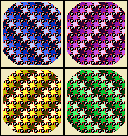
|
repertoire: 4 patterns —
|
|
during a selection cycle,
|
co-existing possibilities —
|
an actual wave
| |
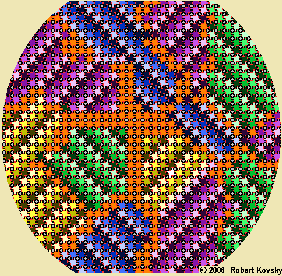 ; ;
|
a "cooling wave" plus influences —
|
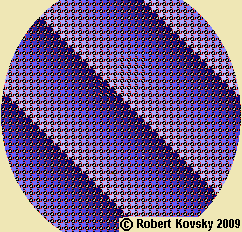 ; ;
|

| Under the influence of a cooling wave, a cloud of water vapor changes into a flurry of snowflakes. I suggest that something similar goes on in our brains. |
| The adjacent images track idealized Critical Point processes. (Similar Critical Point processes are used in the magneto-optical disk system of computer memory devices.) If a magnet is heated, its inherent magnetic strength disappears . A weak secondary kind of magnetism is all that remains — which I call "unmagnetized" for purposes here. If the idealized magnet is then cooled, however, the natural strength re-appears. More precisely, there is a "critical temperature" or "Critical Point" -- Tc -- also called the Curie temperature or Curie point after a pioneer investigator, Pierre Curie. For iron, the Critical Point is 768°C or 1414°F. The Critical Point marks an operating point where a transformational change occurs. |
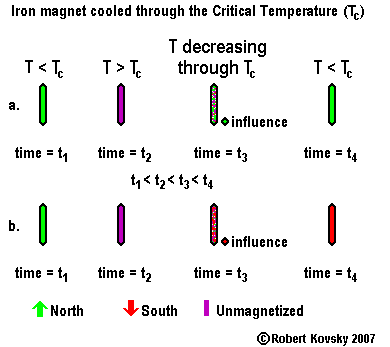
|
| At low temperatures, flips are few and far-between. Because there are few flips, the solid matrix dominates. A bloc of elements is stable internally because any delinquent will be highly likely to return to the environmental polarity. When temperatures are high, flips occur frequently and no bloc of elements lasts for long. Rather, there is constant random turnover, as illustrated in the adjacent image, which shown a momentary condition of the Model at high temperature. The shift between "solid blocs" and "no solid blocs" occurs at the Critical Point, at the critical temperature Tc, which is calculated from the strengths of the interactions and other parameters of the elements. |

|
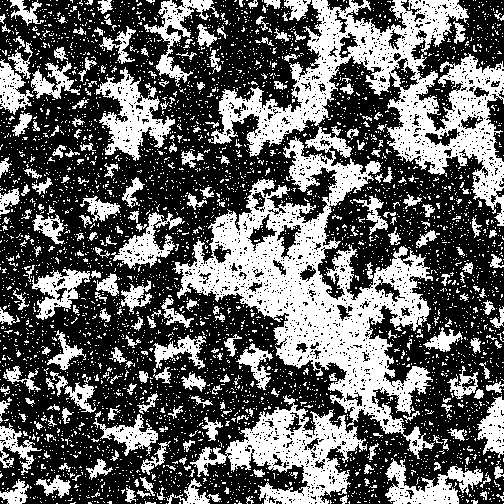
Shimmering Silences in Beautiful Music -- presentation and development of timing device models through applications to auditory experience
Timing Devices: the original presentation of the timing devices model. The message is that brains are not computers.
Quad Nets: general designs for brain-like devices; timing devices are a special class of devices within the more general class.
Embodiment of Freedom: integrated models - based on Quad Nets - of brains and experience, physics and psychology.
Testimony of Freedom: re-states prior models and extends the inquiry into social and spiritual matters.